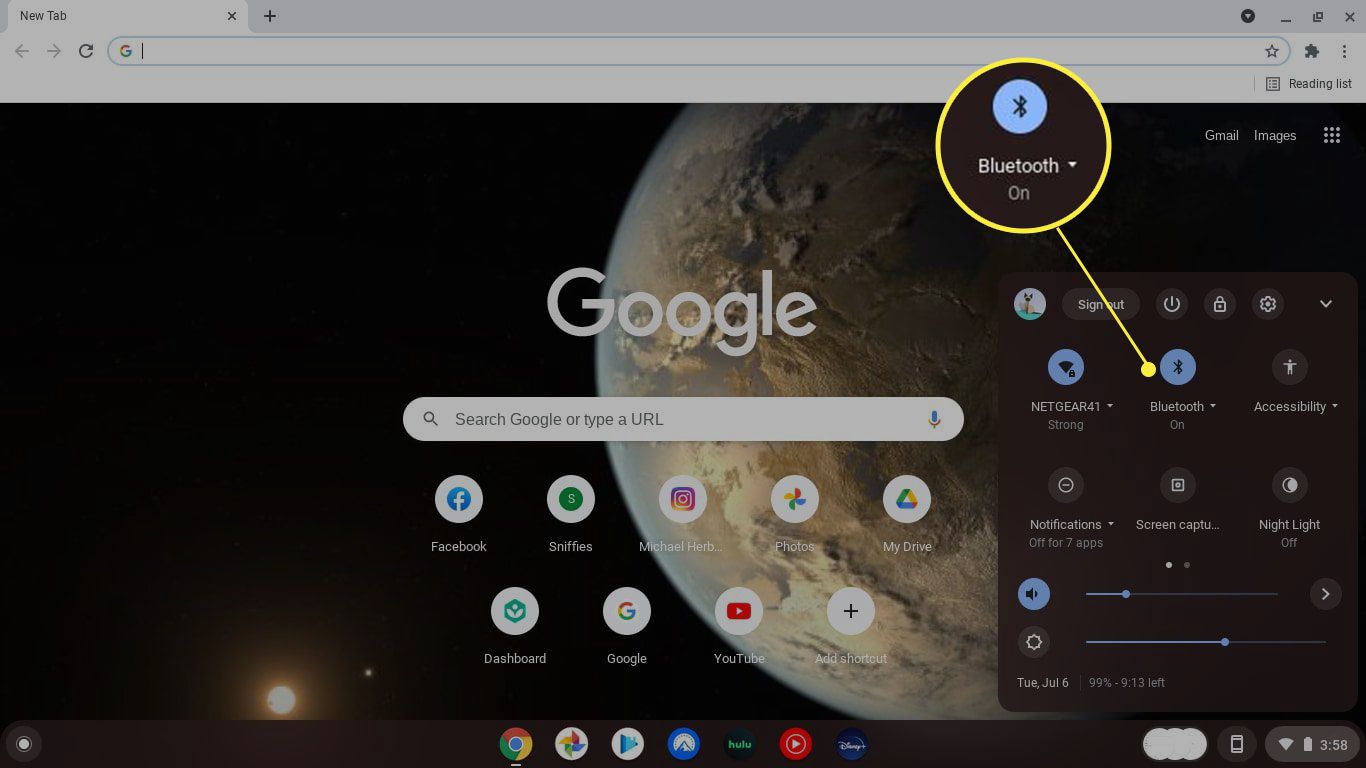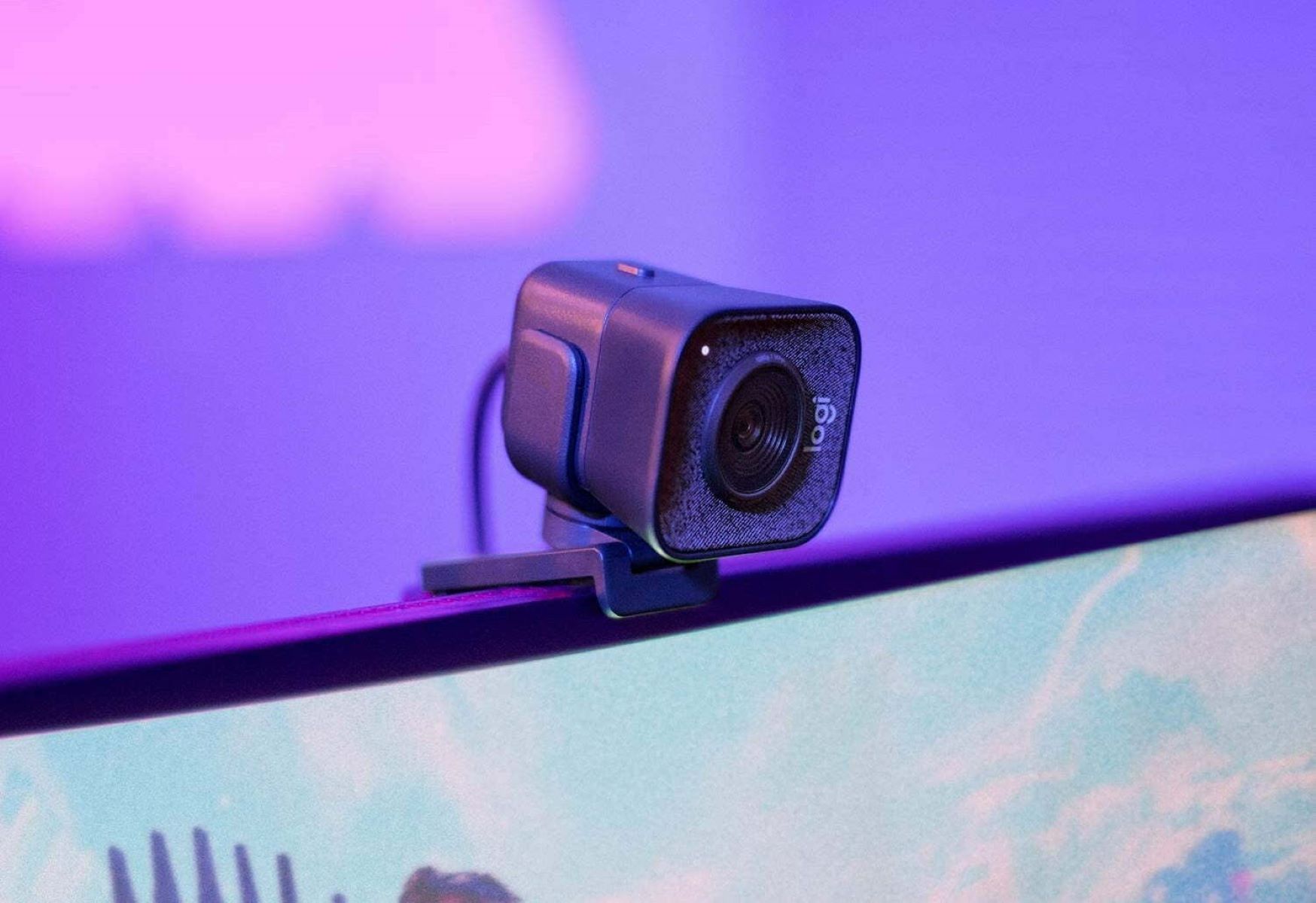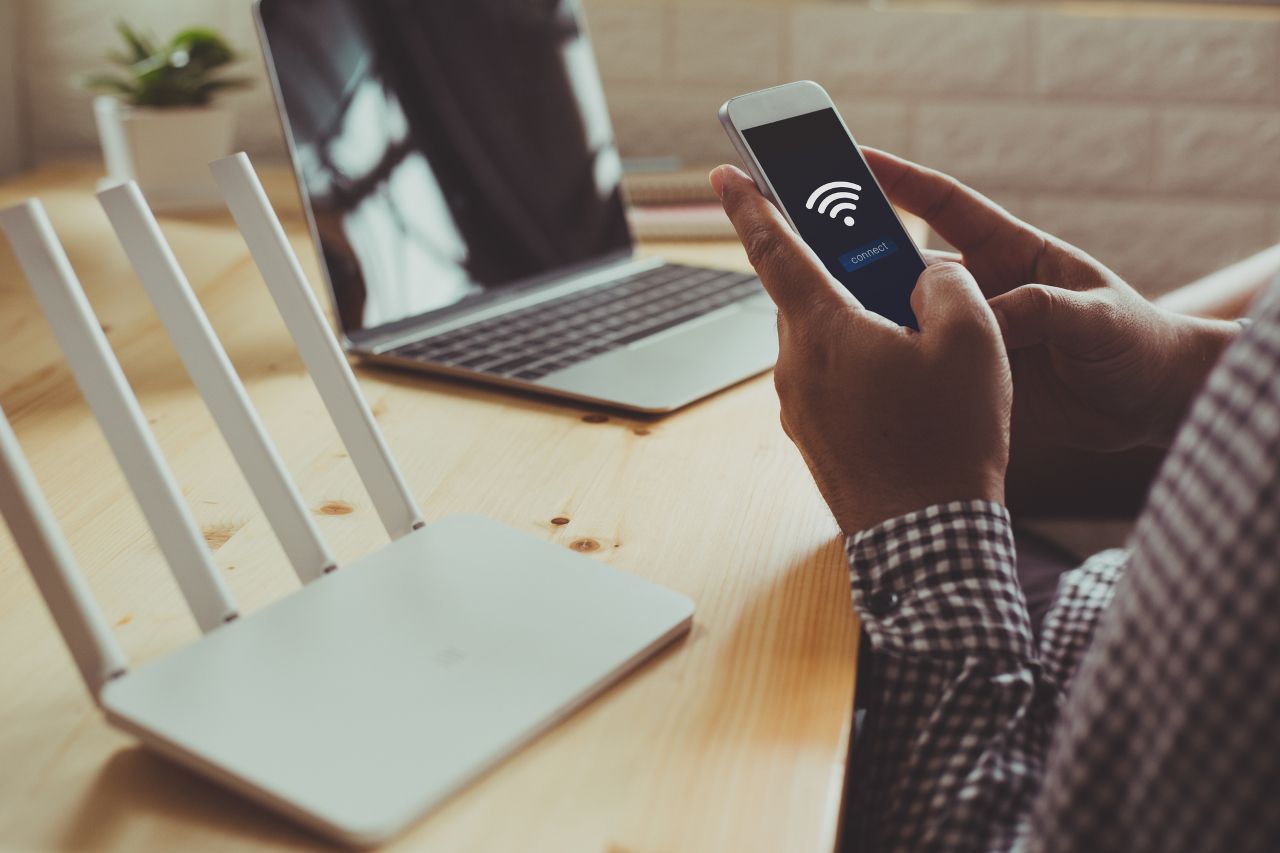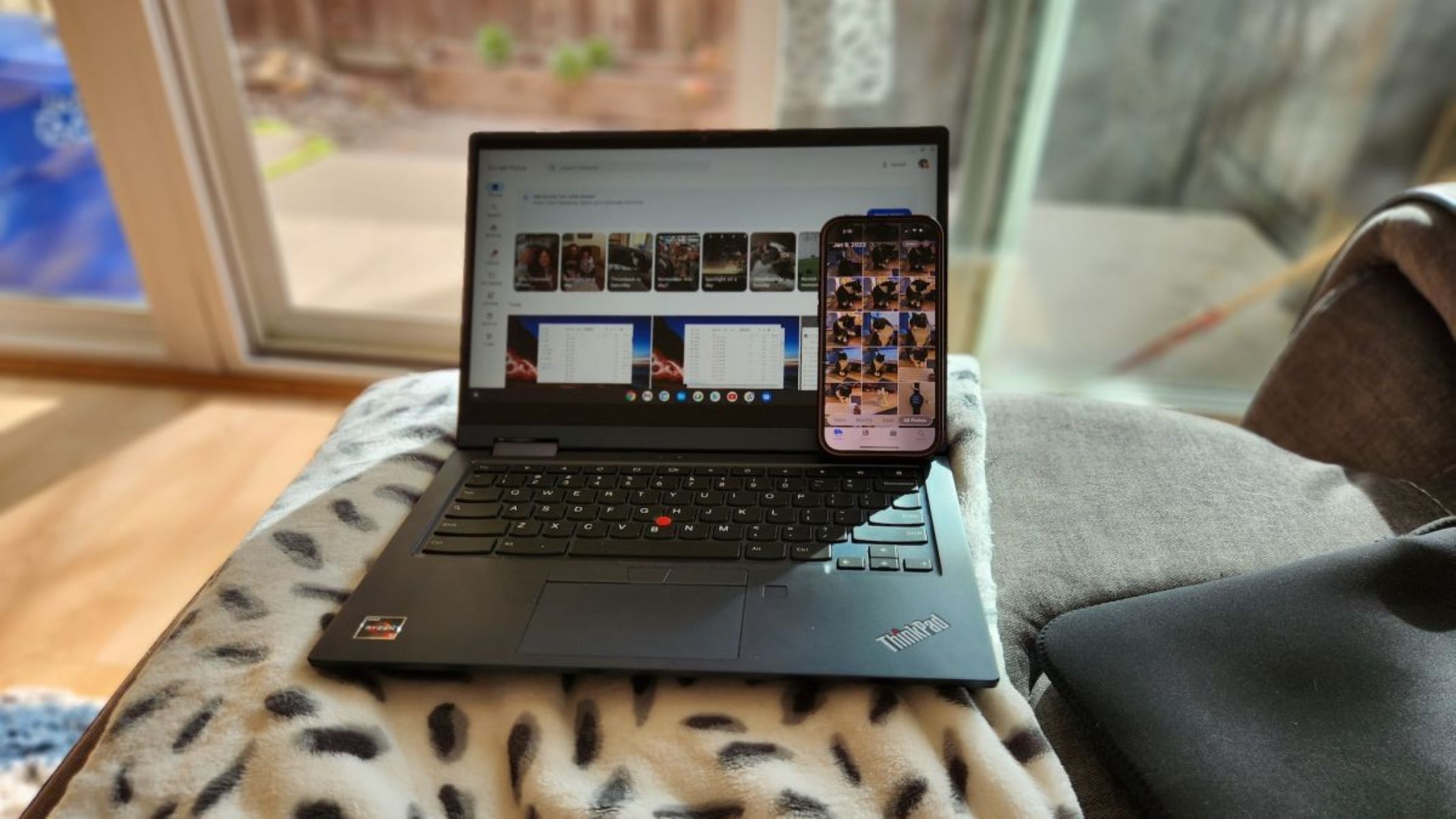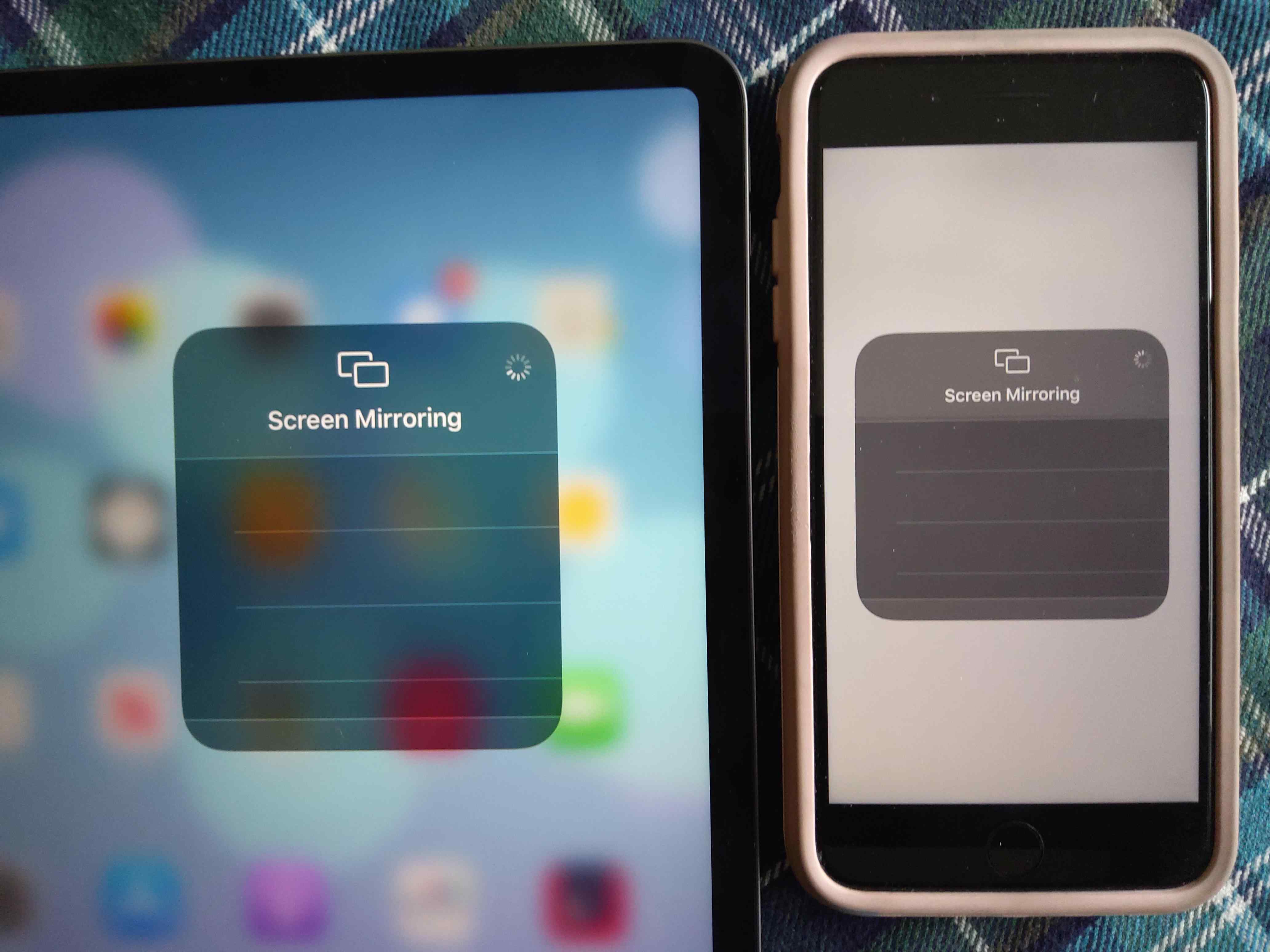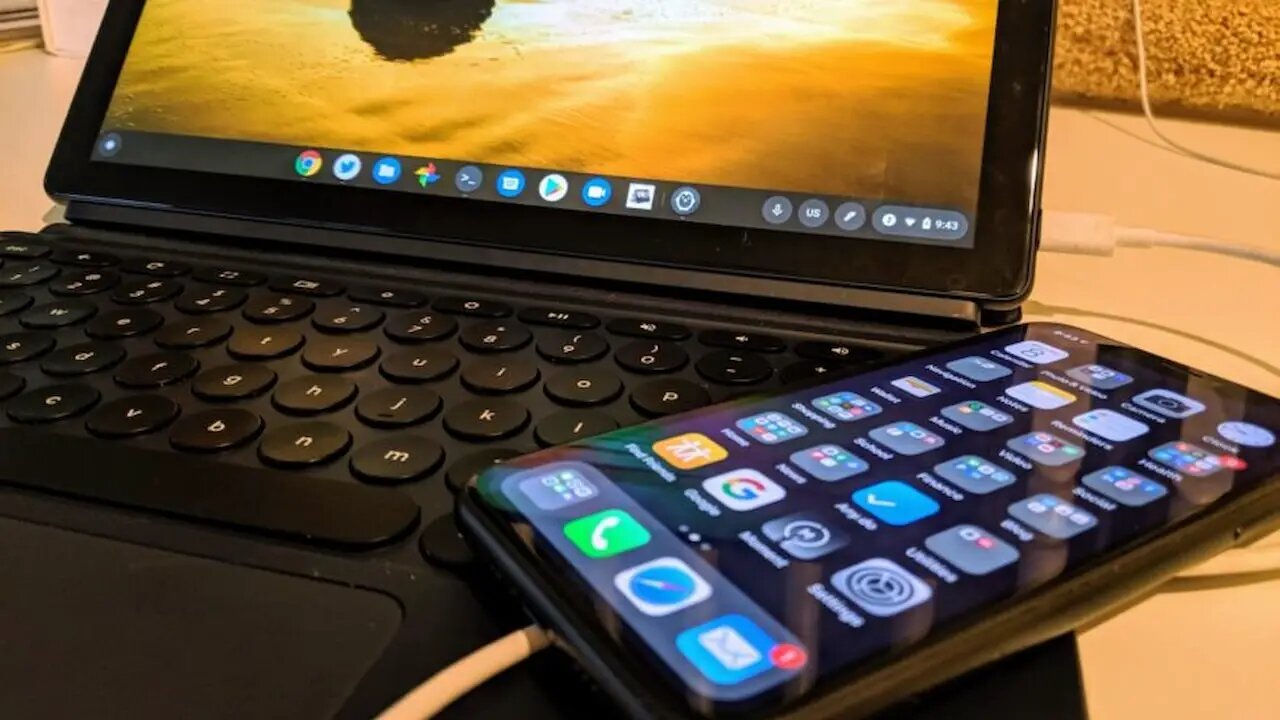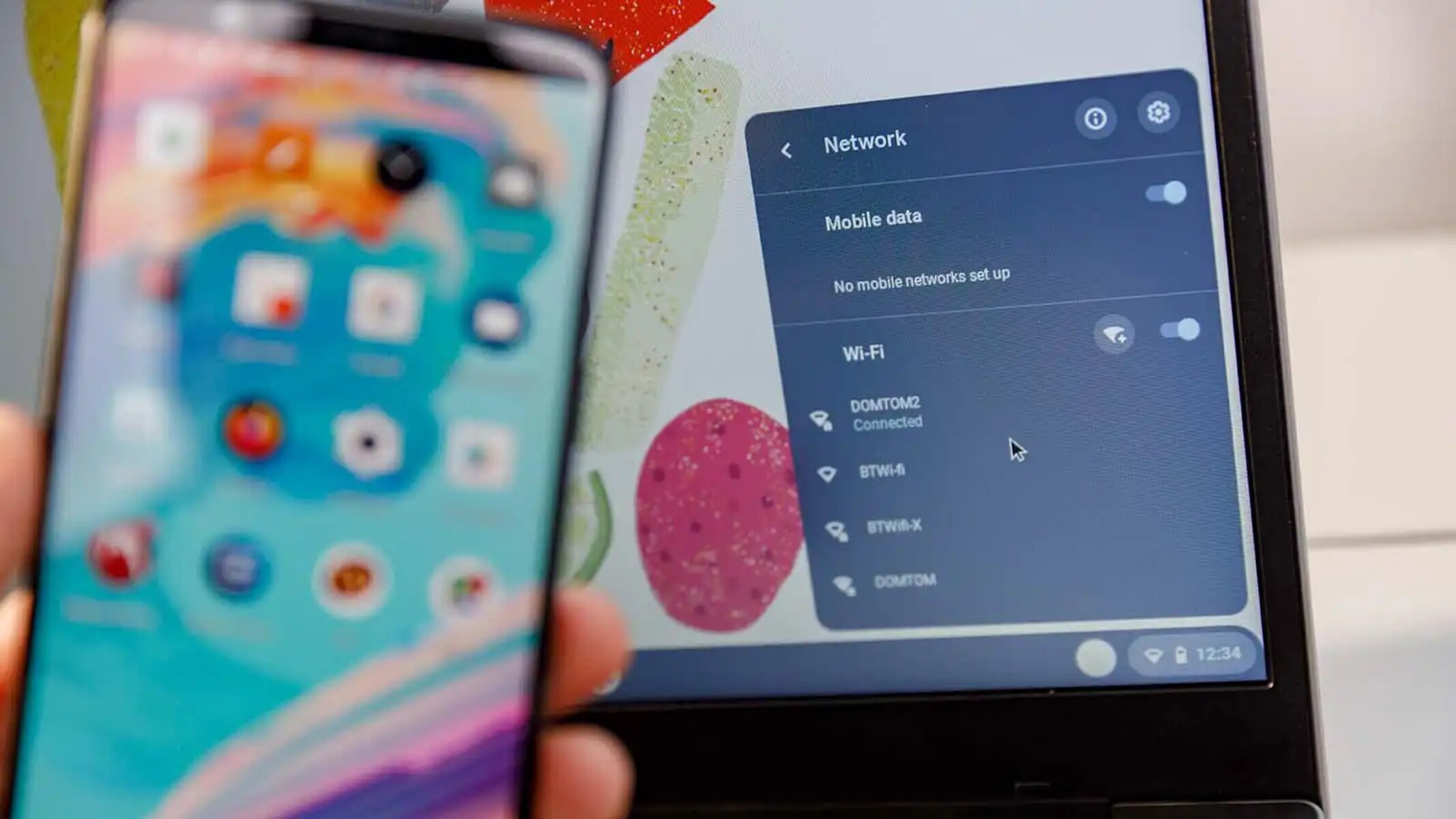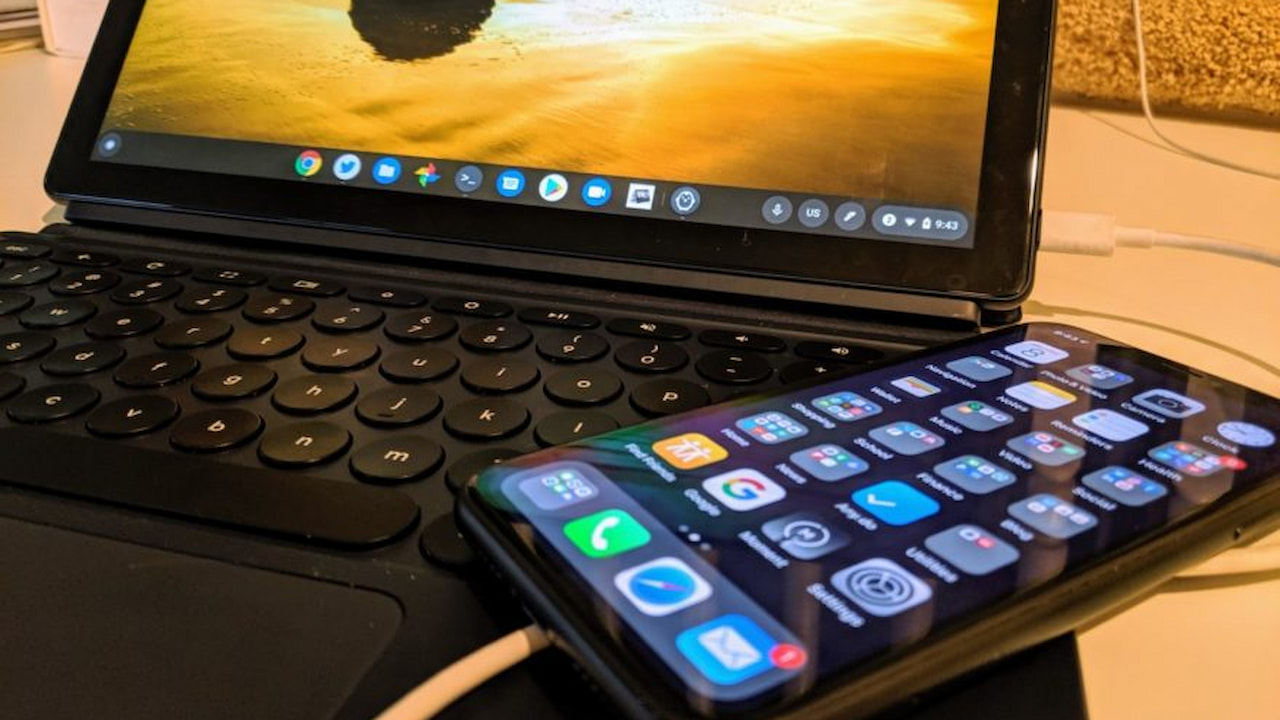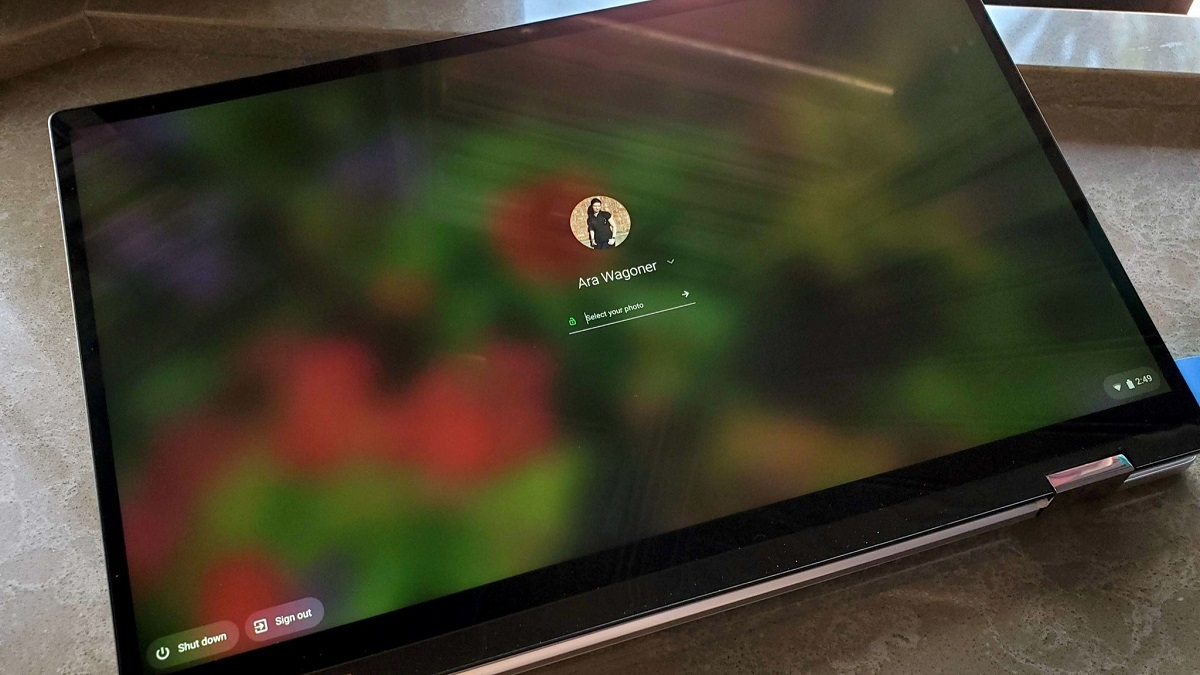Introduction
Welcome to the era of technology where our smartphones have become an integral part of our lives. From communication to entertainment, we rely on these powerful devices for various tasks. But what if you want to connect your phone to your Chromebook? Whether you need to transfer files, access apps, or mirror your phone’s screen, connecting your phone to a Chromebook can open up a whole new realm of possibilities.
In this article, we will guide you through the process of connecting your phone to your Chromebook. Whether you have an iPhone or an Android phone, we have got you covered. So let’s dive in and explore the different methods that you can use to establish a seamless connection between your phone and Chromebook.
Keep in mind that the availability of certain features may depend on the make and model of your Chromebook and phone. It’s always a good practice to check for compatibility before attempting to connect your devices.
Step 1: Check for Compatibility
Before you begin connecting your phone to your Chromebook, it’s crucial to ensure that both devices are compatible with each other. While most recent smartphones and Chromebooks offer seamless connectivity options, it’s still wise to double-check.
Firstly, check if your Chromebook is updated to the latest version of Chrome OS. To do this, click on the system tray in the bottom-right corner of the screen, then select the gear icon for “Settings.” From there, navigate to “About Chrome OS” and click on “Check for updates.” If there are any pending updates, let your Chromebook install them before proceeding.
Secondly, make sure your phone is running on the latest version of its operating system. For Android phones, go to “Settings,” then scroll down and tap on “System,” followed by “Advanced,” and finally, “System update.” If there are any updates available, download and install them.
If you have an iPhone, go to “Settings,” tap on “General,” and select “Software Update.” If there are any updates available, follow the prompts to install them on your device.
Ensure that both your phone and Chromebook have Bluetooth capabilities. Most smartphones and Chromebooks nowadays come equipped with Bluetooth technology, but it’s still worth verifying.
Lastly, check if the USB ports on your Chromebook and phone are in good working condition. Damaged or faulty ports can hinder a successful connection. If you suspect any issues with the ports, consider getting them repaired before proceeding.
Step 2: Connect via USB Cable
If you prefer a direct and reliable connection between your phone and Chromebook, using a USB cable is the way to go. This method allows for quick and seamless data transfer and ensures a stable connection.
To connect your phone to your Chromebook via USB, follow these simple steps:
- First, grab a USB cable that is compatible with your phone. Most Android devices use USB Type-C or Micro-USB cables, while iPhones use Lightning cables. Make sure you have the appropriate cable on hand.
- Take one end of the USB cable and plug it into the USB port on your Chromebook.
- Next, take the other end of the cable and plug it into the charging port on your phone.
- Once connected, your Chromebook should recognize your phone and display a notification indicating that a device has been connected.
- On your Chromebook, click on the system tray in the bottom-right corner of the screen. Then, click on the connected device notification and select “Files” to access the files on your phone.
From here, you can easily transfer files between your phone and Chromebook by dragging and dropping them in the File Manager. You can also open and edit files directly from your phone using compatible applications on your Chromebook.
Remember to safely eject your phone from your Chromebook once you are done transferring files. To do this, click on the “Eject” or “Disconnect” button next to your phone’s name in the File Manager.
This method also allows you to charge your phone while it is connected to your Chromebook, ensuring that your device is powered up and ready to go.
Step 3: Connect via Bluetooth
If you prefer a wireless connection between your phone and Chromebook, using Bluetooth is a convenient option. This method allows you to connect your devices without the need for cables, providing you with flexibility and mobility.
To connect your phone to your Chromebook via Bluetooth, follow these steps:
- Ensure that both your phone and Chromebook have Bluetooth turned on. On your phone, go to the “Settings” menu and look for “Bluetooth.” Enable Bluetooth if it isn’t already turned on. On your Chromebook, click on the system tray in the bottom-right corner of the screen and toggle on the Bluetooth option.
- On your Chromebook, click on the system tray and select the Bluetooth icon to open the Bluetooth settings.
- On your smartphone, tap on the “Scan” or “Search” button within the Bluetooth menu to allow your phone to detect nearby devices.
- Within the Bluetooth settings on your Chromebook, click on the “Add Device” or “Pair” button.
- Your Chromebook should then display a list of available devices. Look for your phone’s name and click on it to initiate the pairing process.
- Once you have selected your phone, a code may appear on both your phone and Chromebook screens for verification. Confirm that the codes match on both devices, and if they do, click on “Pair” to establish the Bluetooth connection.
- Once the devices are paired, you will receive a notification indicating that your phone is connected to your Chromebook via Bluetooth. You can now start using various Bluetooth functionalities between the devices.
With a successful Bluetooth connection, you can easily transfer files wirelessly between your phone and Chromebook, stream music or videos from your phone to your Chromebook, or use your Chromebook as a remote control for your phone. The possibilities are extensive.
Remember, for security purposes, ensure that your phone’s Bluetooth is set to “visible” or “discoverable” only when necessary, and disable it when not in use.
Step 4: Connect via Wi-Fi
If you prefer a wireless connection with more advanced functionalities, connecting your phone to your Chromebook via Wi-Fi is a great option. This method offers seamless integration and allows you to access various features and apps on your phone directly from your Chromebook.
To connect your phone to your Chromebook via Wi-Fi, follow these steps:
- Ensure that both your phone and Chromebook are connected to the same Wi-Fi network. If not, connect them to the same network before proceeding.
- On your Chromebook, click on the system tray in the bottom-right corner of the screen and select the Wi-Fi icon. Make sure the Wi-Fi is turned on.
- On your phone, go to the “Settings” menu and tap on “Wi-Fi.” Enable Wi-Fi if it isn’t already turned on.
- On your Chromebook, click on the system tray again and select the Wi-Fi icon. This time, click on “Join other networks.”
- A pop-up window will appear, displaying a list of available Wi-Fi networks. Look for your phone’s hotspot name and click on it to connect.
- On your phone, a notification may appear, asking you to allow your Chromebook to connect. Accept the connection request.
- Once the devices are connected, you will be able to access various features and apps on your phone directly from your Chromebook. This includes receiving notifications, responding to messages, and even accessing your phone’s camera on your Chromebook.
This method allows you to enjoy the convenience of using your phone’s functionalities without having to switch between devices constantly. It also ensures a seamless and uninterrupted connection as long as both devices remain on the same Wi-Fi network.
Remember, connecting via Wi-Fi may consume more battery power on your phone, so it’s advisable to keep your phone plugged in or ensure that it has sufficient battery life before using this method.
Step 5: Troubleshooting Tips
While connecting your phone to your Chromebook is generally a straightforward process, you may encounter some difficulties along the way. Here are some troubleshooting tips to help you resolve common issues:
- Restart both your Chromebook and phone. Sometimes a simple restart can fix connectivity issues and refresh the devices’ settings.
- Check your cables and ports. If you are using a USB cable, ensure that it is securely plugged into both your Chromebook and phone. If you are using Bluetooth or Wi-Fi, make sure both devices have these capabilities turned on.
- Update your Chromebook and phone. Keeping your devices up to date with the latest software versions can often resolve compatibility issues.
- Try a different USB cable or Bluetooth device. Sometimes, a faulty cable or device can be the cause of connection problems. Test with a different cable or device to see if the issue persists.
- Reset network settings. On your phone, go to “Settings,” then “System” or “General,” and look for “Reset” or “Restart.” Tap on “Reset network settings” to restore the network configurations to the default settings.
- Disable battery-saving mode or power-saving features on your phone. These features can sometimes restrict connectivity options. Temporarily disable them and retry the connection.
- Check firewall or security settings. Sometimes, firewall or security software on your Chromebook may block certain connections. Adjust the settings to allow the connection between your phone and Chromebook.
- Make sure you have the appropriate permissions on both devices. For certain operations like file transfer or screen mirroring, you may need to grant specific permissions on your phone or Chromebook.
- Consult the user manuals or online support resources. If you are still experiencing issues, refer to the user manuals of your phone and Chromebook or visit the manufacturer’s support website for further assistance.
By following these troubleshooting tips, you should be able to overcome most common issues and establish a successful connection between your phone and Chromebook.
Remember, connectivity and compatibility may vary depending on the specific make and model of your devices, so it’s essential to consult the device manuals and support resources for device-specific troubleshooting guidance.
Conclusion
Connecting your phone to your Chromebook opens up a world of possibilities, allowing you to seamlessly transfer files, access apps, and even mirror your phone’s screen. Whether you prefer a direct USB connection, the convenience of Bluetooth, or the advanced features of Wi-Fi, there is a method that suits your needs.
Before you begin, make sure to check for compatibility between your phone and Chromebook, ensuring that both devices are running on the latest software versions and have the necessary connectivity capabilities. Once verified, you can proceed with confidence.
Follow the step-by-step instructions provided in this guide to connect your phone to your Chromebook using a USB cable, Bluetooth, or Wi-Fi. Keep in mind that each method has its own advantages and limitations, so choose the one that best suits your requirements.
In case you encounter any issues, the troubleshooting tips outlined in this article should help you overcome common connectivity problems. Restarting your devices, checking cables and ports, updating software, and adjusting settings can often resolve issues and establish a stable connection.
Remember to consult the user manuals and support resources provided by the manufacturers for device-specific troubleshooting guidance.
Now that you have the knowledge and tools to connect your phone to your Chromebook, enjoy the seamless integration and convenience that comes with it. Explore the possibilities, make the most of the connectivity options, and unlock the full potential of your devices.
So, go ahead and connect your phone to your Chromebook today, and experience a seamless fusion of your mobile world and the power of your Chromebook!







